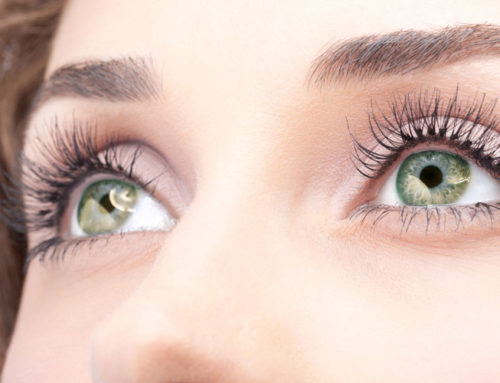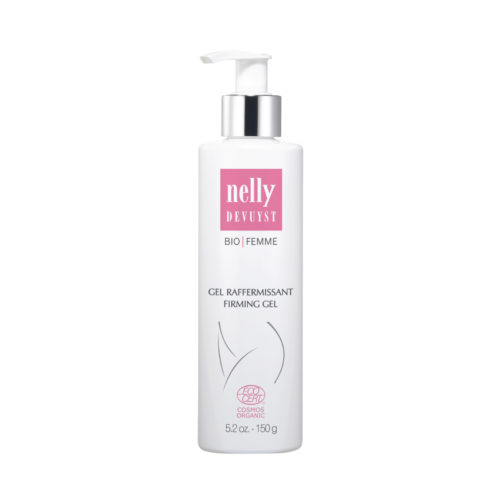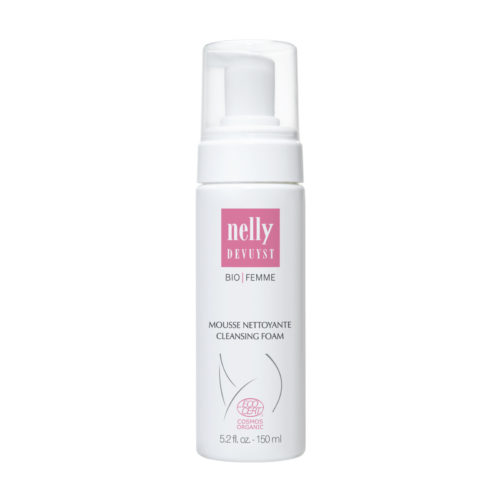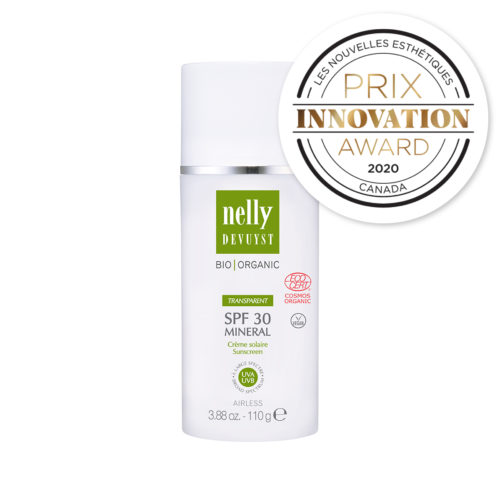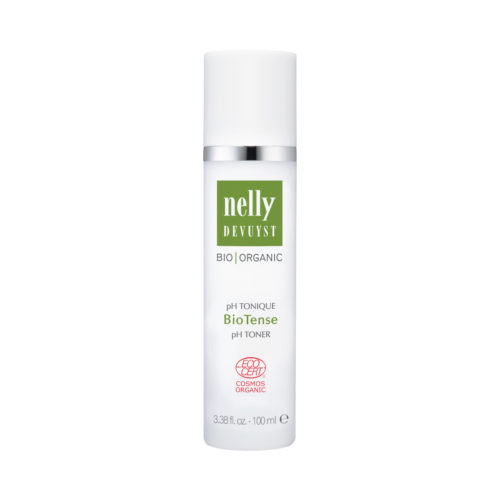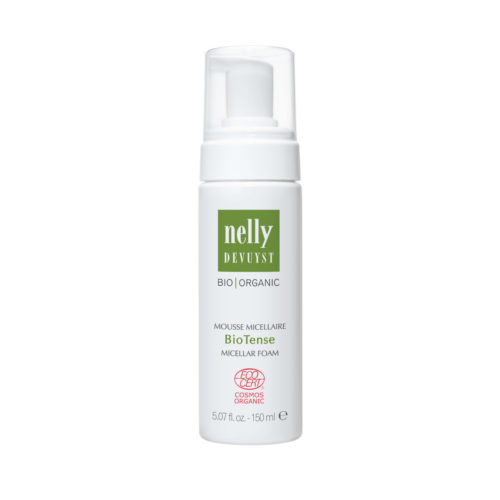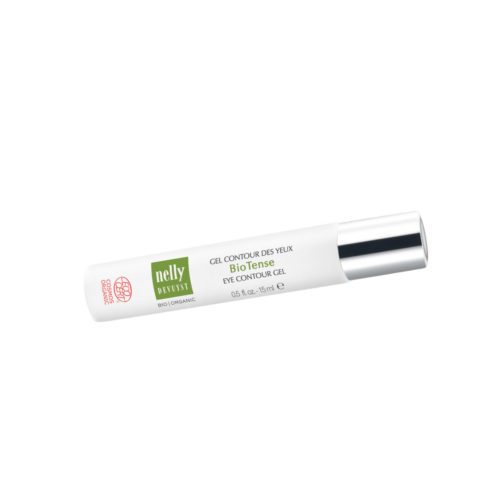In our modern age, we need to protect our skin from: broad spectrum UVA/UVB rays , HEV ( blue light emitting from technologocial devices), CO2 (air pollution). Ideally we should be using sun protection that is: safe for the entire family, organic, ecologically responsible, hypoallergenic, vegan, biodegradable, fair trade, not tested on animals, marine life safe, approved by the FDA, EcoCert Certified, and Cosmos Organic Certified. Granted this is a lot to navigate when selecting the proper sun care protection for your face and body.
Multifunctionality of Skin
Our Skin is designed to protect us from bacteria and trauma. It regulates our body temperature, and allows us to tell the difference between hot and cold, along with other touch sensations. In brief, our skin is divided into three sections: epidermis, dermis, and subcutaneous layer. Each of these three sections have different functions. The Epidermis is our water-proof barrier and houses pigment producing cells called melocytes. The Dermis contains fibrous and elastic tissues which provide strength and flexibility, hair follicles, nerve fibers, and sweat glands. The subcutaneous layer contains fat and connective tissues.
Causes of Skin Damage
UV radiation, infrafed light, high energy visible light (also known as HEV or blue light), and pollution are all causes of skin damage. UV radiation creates free radicals that are known as Reactive Oxygen Species (ROS) which damage the skin including collagen and elastic fibers. When ROS damage these fibers, it causes the skin to lose its elasticity. Years of over-exposure to UV radiation will result in bruising and tearing of our dermal structure which is collagen rich. When this break down of collagen occurs, we are left with non-functional elastic tissue.
UVB, the burning ray, is a shorter UV ray (290-320nm) that penetrates only the skin’s surface and effectively causes inflamation associated with sunburns. The UVA ray (320-400nm) penetrates deeply and is responsible for photo-damaged appearances such as fine lines, wrinkles, appearance of enlarged pores, redness, pigmentation (brown spots), loose skin, and skin cancers.
HEV light (400-450nm) is emitted from electrical devices. Computer screens, smartphones, and other technology devices are proven to have damaging effects on the skin. Interestingly, most sunscreens do not provide protection agaist this invisible light. Exposure to infrared light (700nm – 1mm) can generate ROS. This light is absorbed into epidermal and dermal tissue where it is converted to heat. This heat is damaging to collagen and elastic fibers and causes premature aging and loose tissue. Pollution, specifically the exposure of the skin to airborne particulate matter, increases ROS and inflamation of the skin. This increases the damaging effects of sunlight (UVA/UVB rays).
How to Protect Your Skin
- Avoid excessive exposure to UV light, tanning beds, and sun lamps.
- Be aware of your enviornment. Reflective surfaces (water, sand, concrete, snow, etc.) and high altitudes will contribute to your exposure even when you are under cover or in the shade.
- Wear protective clothing. Long sleeves, rash guards, sunglasses, broad brimmed hats, and other light-blocking clothing is reccommended whenever you’re outside or at risk of UV exposure.
- Wear sunscreen and re-apply every 80 minutes when you are exposed to UV light (or immediately after excessive sweating, swimming, or towel-drying).
Use of Chemical vs. Mineral Sunscreens
Currently, the most common sunscreen on the market is chemical sunscreen. In contrast to a chemical sunscreen, there are mineral (physical) sunscreens and they are gaining popularity.
Chemical Sunscreens
Chemical sunscreens absorb the energy from UV light, and convert it to a lower energy field, it is then released through heat out of the body. This chemical reaction will take up to 20 minutes to begin working after application to the skin. Ingredients in chemical sunscreens include oxybenzone, avobenzone, octisaluate, octocrylene, homosulate, and octinoxide. There is growing concern around the world that these chemicals can cause eye and skin irritations as well as environmental harm. They are damaging to marine life and coral reefs and have already been banned in Hawaii in an effort to preserve their delicate ecosystems. Miami Beach and the Florida Keys have proposed similar legislation to keep these harmful ingredients out of their ecosystems.
Mineral Sunscreens
In contrast to chemical sunscreens are physical sunscreens, formulated with titanium dioxide and zinc oxide. These physical ingredients provide a protective layer that lays on top of the skin and reflects the sun’s rays. The effectiveness of a physical block is immediate upon application and they are safe for your skin, the environment, and marine life. They are 100% free of parabens, phylates, synthetic fragrance, talc, dyes, drying alcohols and are never tested on animals.
Testing of UVA/UVB
Our FDA (Food and Drug Administration) tests all sunscreen ingredients to verify that they pass Board Spectrum Standards. Currently, the ingredient standards are outdated and a new draft is being formulated and will be set into place by November of 2019. In this account, the FDA will adopt and approve critical wavelength guidelines and newer Japanese PA testing to protect us from HEV light and infrared.
To Conclude
Eventually, we may see chemical ingredients for sunscreens banned from use, but until then we have a choice of what to use on our skin and what we are putting into the environment. What is safe for us, our loved ones, marine life, and our Earth are sunscreens that are friendly to ourselves and the environment.



